Shift in Understanding Equine Laminitis
January 24, 2018 Comments Off on Shift in Understanding Equine Laminitis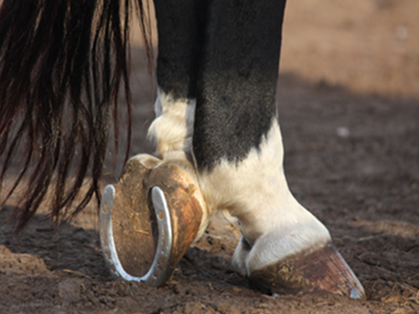
For many years, grass fructan and “hind-gut acidosis” were considered the primary risk factor for horses who developed laminitis while grazing pasture. The ECIR Group believes that this confusion distracts from the most important strategy to prevent insulin-induced laminitis: exercise, limiting intake of simple sugars and starch and, in the case of concurrent Pars Pituitary Intermedia Disease (PPID), treatment with pergolide.
Continue reading …When Cold Comes Knocking- Wintertime Horse Management Tips
January 23, 2018 Comments Off on When Cold Comes Knocking- Wintertime Horse Management Tips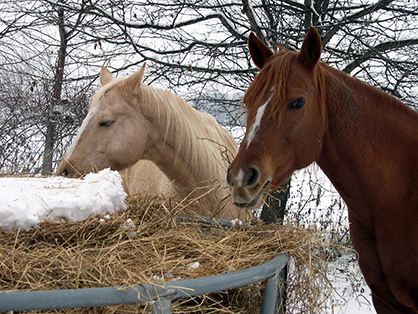
Old Man Winter arrived in most parts of the U.S. with startling ferocity—near-zero temperatures, exceptional snowfall, and icy gales. Even a bomb cyclone! None of this simplifies horsekeeping, to say the least.
Continue reading …Reproduction and Foaling Emergencies Seminar
January 22, 2018 Comments Off on Reproduction and Foaling Emergencies Seminar
Topics covered in the seminar include:
-Chronic infertility due to reproductive tract injuries
-Dystocia/Birthing complications (management, risks, costs, etc.)
-Postpartum management and rebreeding
-Foal diseases and conditions requiring surgical care (limb deformities, cleft palate, etc.)
Part 2- How to Bond With Your Horse When It’s at a Trainer’s 24/7
January 19, 2018 Comments Off on Part 2- How to Bond With Your Horse When It’s at a Trainer’s 24/7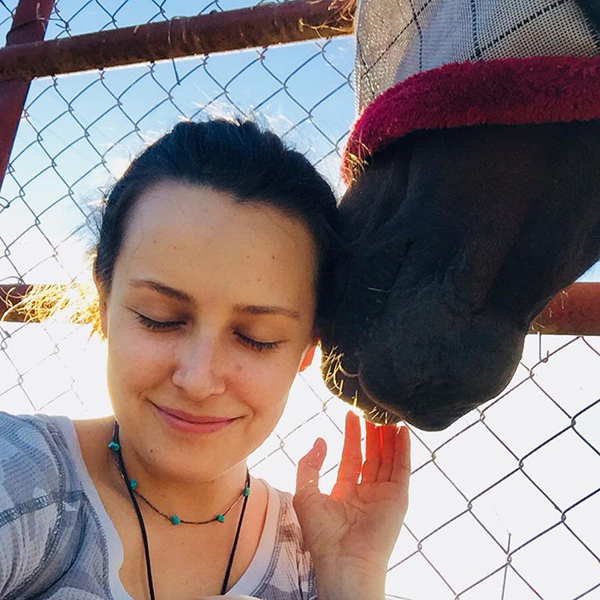
“I’ve lived long distance from my show horses for years now. Though it isn’t really an ideal situation, it’s just what you have to do sometimes to compete at this level.”
Continue reading …Trailer Talk: Bumper Pull Hitches
January 19, 2018 Comments Off on Trailer Talk: Bumper Pull Hitches
A loaded two horse dressing room bumper may weigh up to 6,500 lbs.- 1,500 lbs. over the Weight Carrying Rating. The hitch will eventually fail. Options: replace the hitch or use a Weight Distribution System.
Continue reading …The Young Years: Nutrition From Birth to Two Years of Age
January 18, 2018 Comments Off on The Young Years: Nutrition From Birth to Two Years of Age
The most common feeding errors attributed to developmental orthopedic disease are excessive grain intake, feeding an inappropriate feed for the forage offered, and inadequate fortification. These three scenarios are easily rectified by feeding an appropriate grain mix fortified for the young, growing horse and feeding it at the correct intake.
Continue reading …Rood & Riddle Veterinarians to Host an Evening of Cocktails & Conversations
January 17, 2018 Comments Off on Rood & Riddle Veterinarians to Host an Evening of Cocktails & Conversations
The topics will include: Colic: Diagnosis and Surgical Decision, Demystifying Anesthesia, Diagnosis and Treatment of EPM, Therapeutic Shoeing for the Performance Horse, and Assisted Reproductive Techniques in the Horse
Continue reading …Magnetic Resonance Imaging (MRI) Use in Horses
January 17, 2018 Comments Off on Magnetic Resonance Imaging (MRI) Use in Horses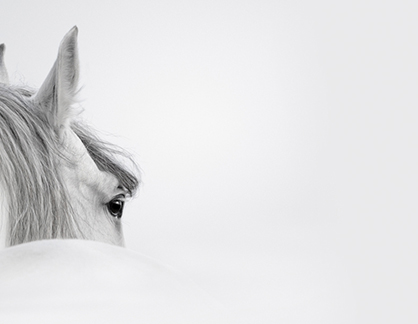
The greatest advantage of MRI in horses is the ability to detect damage to bones, tendons and ligaments that can’t be diagnosed in any other way. This is particularly true in the horse’s foot, which because of the hoof visualization of the soft tissue structures is limited. Because MRI creates images in multiple slim slices, a 3-dimensional reconstruction can provide the exact location and severity of the injury.
Continue reading …2018 Horse Management Seminar- Gastrointestinal Health
January 15, 2018 Comments Off on 2018 Horse Management Seminar- Gastrointestinal Health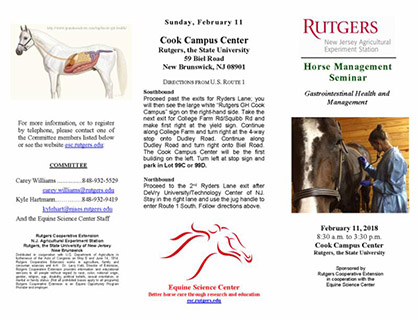
This year’s focus will be on gastrointestinal health and management and will feature presentations on fiber, gastrointestinal health, Equine Gastric Ulcer Syndrome, the Equine Microbiome, and updates on current Rutgers projects dealing with gastrointestinal health, the microbiome, and metabolism of horses on pasture.
Continue reading …Baby It’s Cold Outside- Winter Weather Care For Your Horse
January 12, 2018 Comments Off on Baby It’s Cold Outside- Winter Weather Care For Your Horse
Your horses nutritional requirements will change as the mercury drops. In fact, according to Marsha Hathaway, PhD, University of Minnesota, horses require an additional 1% of energy for each degree below 18 degrees. In order to provide these calories, she explains that it is beneficial to provide more hay as, “there is the heat generated from microbial fermentation of forages that occurs in the hindgut during digestion.”
Continue reading …







